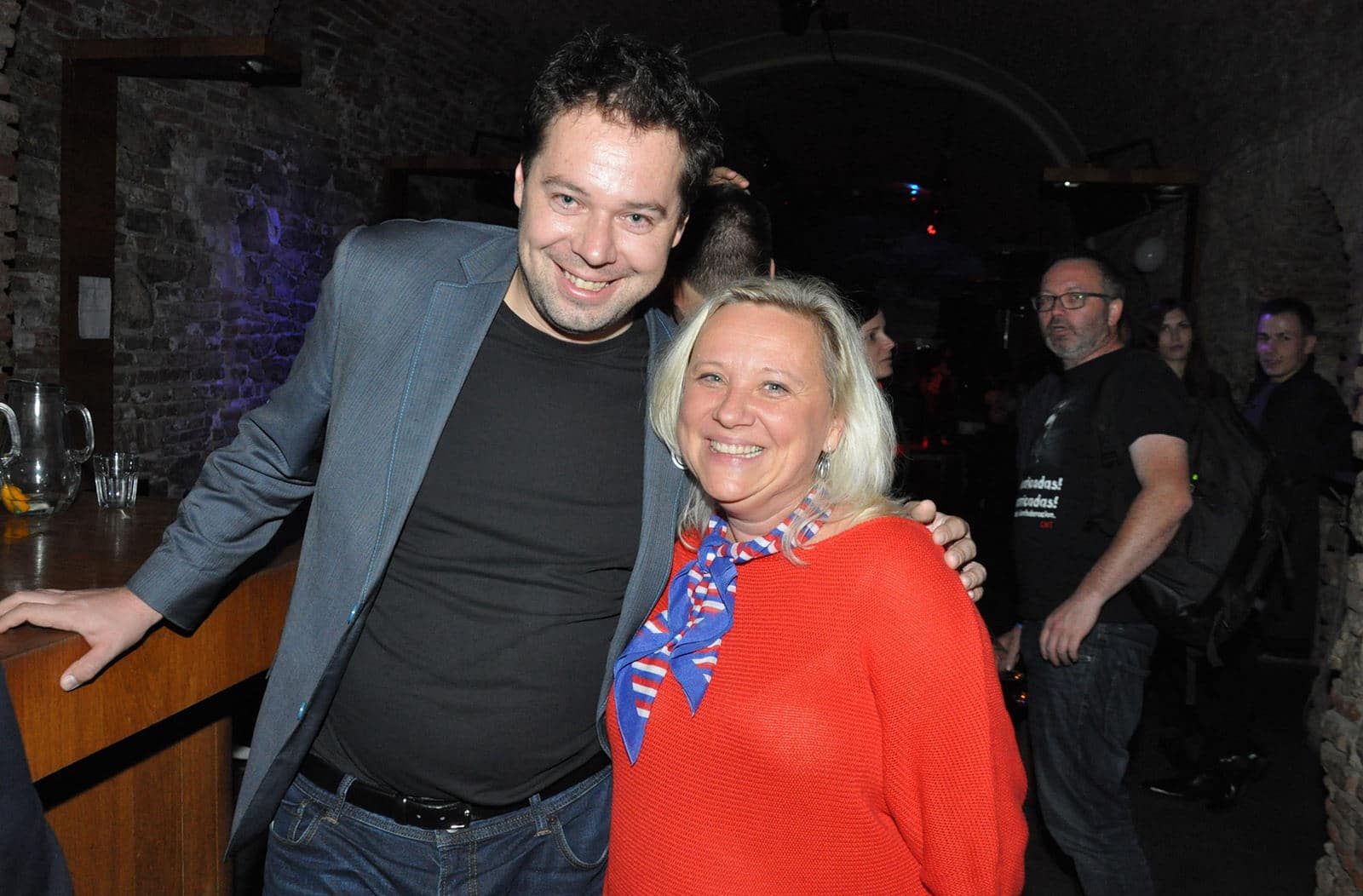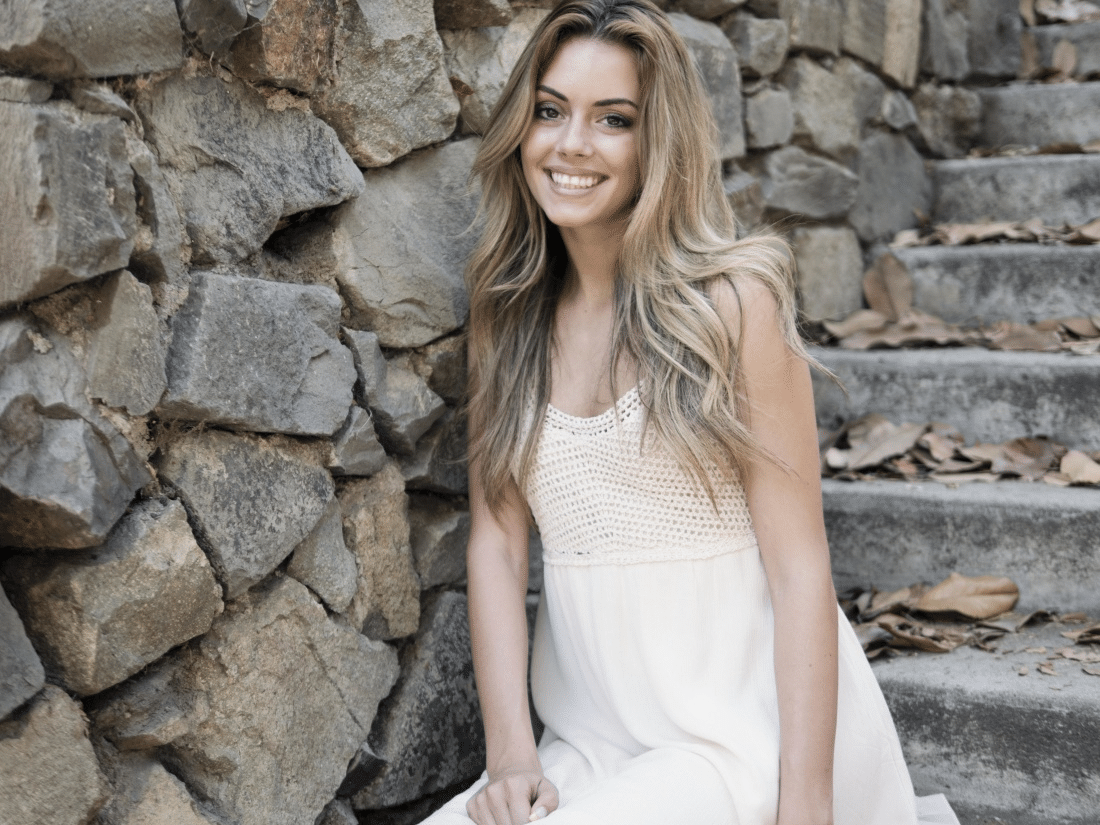4.6 – What do you have on? – Co máte na sobě?
In this lesson we’ll learn how to describe what you’re currently wearing and what someone else is wearing.
To say what you have on, use the phrase:
Mám na sobě __________.
I have __________ on myself.
In the blank, you insert whatever clothes you (or the person you’re talking about) have on. Na sobě means ‘on oneself’ (‘on myself, on yourself, on himself, herself, etc.).
|
|
|
Ten muž má na sobě černé tričko, šedivé sako a džíny. Ta žena má na sobě červenou halenku a modrý šátek. The man has a black shirt, grey jacket, and jeans on. The woman has on a red blouse and a blue scarf. |
|
|
|
Jakub má na sobě modrou košili a modré sako. Jakub has a blue shirt and a blue sports coat on. |
Now, make sure you pay attention to the case forms. Since it’s after mít, the clothing items are the direct objects (you have them on) and need to be in the accusative case. Confer with the examples above.
One more thing (of course!)…there are some clothing items that are always plural. We have these in English too, such as jeans, pants, or sweats – ever heard of just a single jean?? a single pant? Get it? Here are a few in Czech:
|
džíny |
jeans |
|
kalhoty |
pants |
|
legíny |
leggings |
|
plavky |
swimsuit |
|
punčochy |
tights |
|
šaty |
dress |
|
šortky/kraťasy |
shorts |
|
tepláky |
sweat pants |
|
žabky |
flip flops |
A lot of these are a lot like English. A few that stand out are plavky and šaty. As long as you can remember that these are always plural, you’ll be in good shape.
|
|
|
Věra má na sobě bílé šaty. Věra has a white dress on. |
Images used in this document come from these sources.


